The iconic sea-green Pangong Lake in Ladakh now has a red scooter and three bum seats, as a photo-op for tourists. Kursaal Gardens, in the central Swiss town of Interlaken in Switzerland, has a statue of Yash Raj, the Bollywood director. Goa’s Parra Road, an otherwise ordinary road, sees tourists stop by every day. The common thread linking these faraway spots is Bollywood.
From Pangong To Parra Road, Bollywood Drives Tourism With Dire Consequences
While a boom in Bollywood film-led tourism does have its perks, we try to explore the cost it often comes at.
Bollywood movies and stars form the core of what entertainment means to most Indians. The stars are idolised and the films are watched with awe. Everything, from the clothes to the locations is admired and scrutinised. The glossy, larger-than-life portrayals often leave an indelible mark, which is evident from the clothes being trendsetters to poses being recreated on holidays. That’s evident from couples replicating the Titanic arms-stretched-out pose on every ship or even boat, to Deepika Padukone’s blue saree from ‘Yeh Jawaani Hai Deewani’ becoming a fashion fad.
This adulation and admiration for Hindi movies and actors often have a spillover effect. Scenic locations picked for shoots soon become top-preferred tourist destinations.
While a boom in tourism does have its perks, we try to explore the cost it often comes at.
Why Film Tourism Is Becoming Increasingly Popular
This is best summed up by researchers Macionis and Sparks (2009), who wrote,
“It is possible to speculate that film tourists may be motivated by elements of escape, romance and fantasy, or even a sense of vicarious experience. Cinematic images may influence consumer decision-making processes in terms of motivating visitation to film locations.”
The fantasy induced by Bollywood films is hard to escape. They create a magical land, where heroines clad in chiffon sarees run around in the mountains, heroes ride bikes or cars against never-seen-before scenery and plotlines feature real local myths and stories. 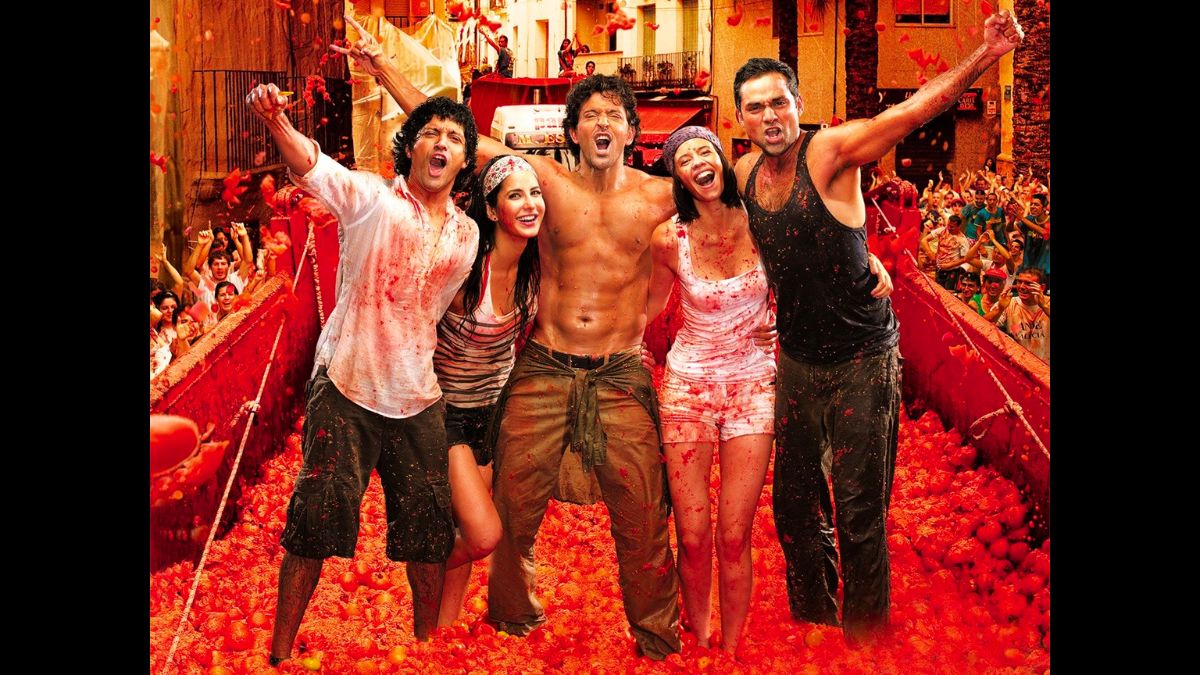
According to a report by EY-FICCI, there was an immediate impact on the number of people requesting entry visas to travel to Spain after the release of ‘Zindagi Na Milegi Dobara’. It said, “The year after its release 60,444 Indians visited Spain, nearly double the 2011 figure, according to the Industry and Tourism Ministry. In 2015 the number had risen to 85,000.” Additionally, Spain and India signed a film co-production agreement in 2012, one year after ‘Zindagi Na Milegi Dobara’ was released.
Estimates say that about 14 million Indians enjoy Bollywood movies on a daily basis. With piqued curiosity about unseen lands, their vacation plans get inspired by what they see on screen, often leading to a detrimental impact on many.
The Ecological Disaster in Pangong
The stretch of land jutting onto the Pangong Lake is now known as ‘3 Idiot’s Point’. Reportedly, tourists also have the option of renting a saree and posing beside a scooter set up beside the lake, in a bid to recreate the film’s climax. 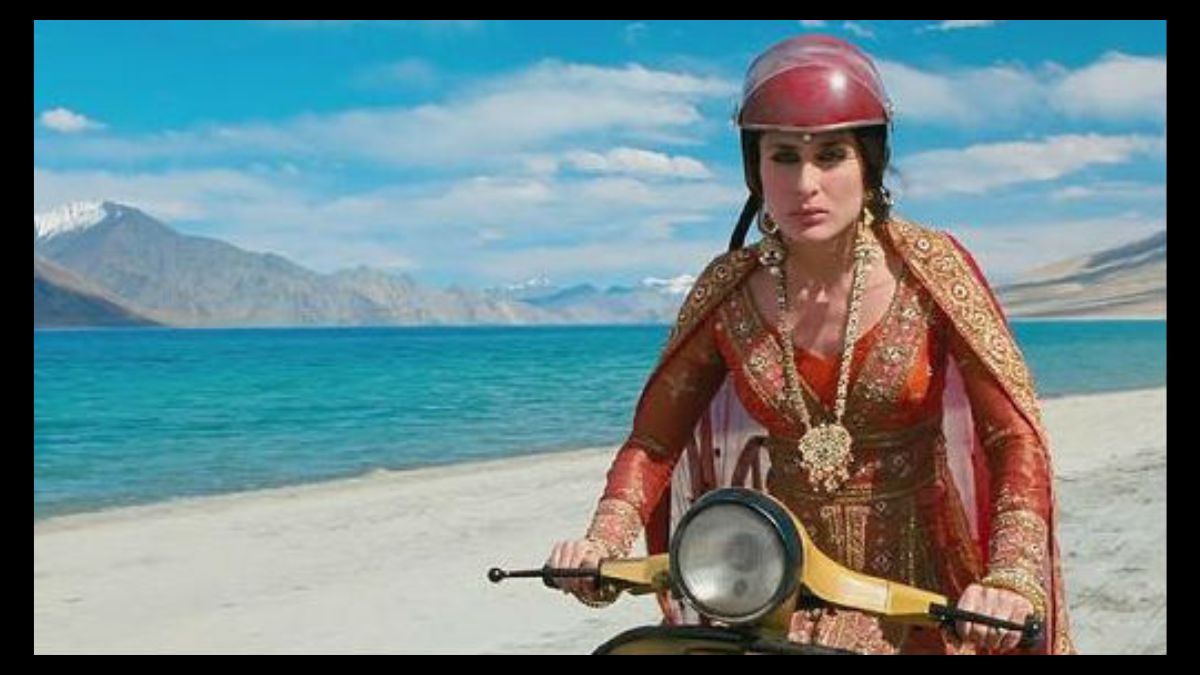
However, the boom in tourism here has had detrimental environmental effects.
“Earlier, Ladakh wouldn’t see so many Indian tourists. After the Kargil war, the 3 Idiots shooting, Indians started recognising Ladakh,” said Jigmet Dadul, a resident of Ladakh. “A lot of them don’t respect the environment, the fragile ecosystem here. They drive their cars right up to the lake. Ladakhis haven’t ever done something like this,” he added.
Dadul runs a snow leopard expedition company that facilitates enthusiasts' quest to spot the rare animal. He has seen the tourism landscape drastically change, and its resultant impact on life in Ladakh.
“We have a very small population, around 2.5 lakh, and last year, over 6 lakh tourists visited,” he said, adding, “Resources are scarce, we have a shortage of water. Restaurants, shops, everything is increasing rapidly, we’re likely to have further shortages in the future.”
He also highlights lifestyle factors that cause a further shortage of resources. “Domestic tourists refuse to use dry composting toilets, which foreigners are usually comfortable with. We use the manure later from composting toilets, but in western toilets, over 10-15 litres of water is wasted,” he said.
In an interview with HerZindagi, he shared that it was after the movie, that people really started flocking to Pangong in such huge numbers. “Tourists on the way to Pangong even feed the marmots, an animal they find on the sides of the road. They feed them chips, biscuits and other things that are very harmful to the animals,” he highlighted.
 The surroundings of Pangong have undergone a drastic makeover. Multiple cafes and eateries dot the area around the lake, with names like “Rancho’s Cafe” and “3 Idiots Cafe”.
The surroundings of Pangong have undergone a drastic makeover. Multiple cafes and eateries dot the area around the lake, with names like “Rancho’s Cafe” and “3 Idiots Cafe”.
While ‘3 Idiots’ may have championed a boom of tourism to the Pangong Lake, a different Aamir Khan movie came under the scanner for widespread littering spotted post the shoot.
A Twitter user named Jigmat Ladakhi posted a video showing the "gift" Khan's ‘Laal Singh Chaddha’ "left for the villagers of Wakha in Ladakh”. While the crew denied the allegations, other users on the social media site continued to back the claim.
This is the gift Bollywood star Amir Khan's upcoming movie Lal Singh Chada has left for the villagers of Wakha in Ladakh.
— Jigmat Ladakhi 🇮🇳 (@nontsay) July 8, 2021
Amir Khan himself talks big about environmental cleanliness at Satyamev Jayate but this is what happens when it comes to himself. pic.twitter.com/exCE3bGHyB
Jigmet Dadul too, said he’d witnessed widespread garbage and littering after shoots in the mountains.
Nuisance for Locals in Goa
A viral scene featuring actors Alia Bhatt and Shah Rukh Khan was shot on Goa’s Parra Road. It showed them cycling through an empty picturesque road, lined with trees on both sides. Even the film’s poster featured a still photograph of them on Parra Road.
Since then, the popularity of the road shot through the roof, leading to tourists stopping bikes and cars to pose in the middle of the road.
“As you enter the zone, the village panchayat had put up a sign saying ‘No stopping, no parking’, and yet, it is always packed,” said Gaurav Bakshi, a resident of Goa and founder of a legal startup HelpdesQ.in. “Because of this movie, it is actually a nuisance when you drive through. It’s a high-traffic village road because it leads to popular tourist spots in the area,” he further said.
He explains that it is anyway a very narrow lane, where two cars find it difficult to overtake each other. “Given that scenario, when you add people to it, with scooters and cars parked on the sides, and people walking on the road constantly, it's a definite hazard,” said Gaurav. 
He highlights how this not only becomes an inconvenience for other tourists but also for locals trying to commute. “Rules not being followed by tourists is a major concern in Goa,” he added.
With the Boom in Tourism, Remote Areas Become Commercialised
According to reports, in 2008, 4,00,000 Indian tourists visited Ladakh. However, three years later, those figures were almost quadrupled.
In Nubra Valley, there were plenty of white sane dune areas, that received little to no tourists till as recent as 2016, said locals. Then a scene from ‘Bhaag Milkha Bhaag’ starring Farhan Akhtar practising with a tyre tied to his waist bolted this area to fame. 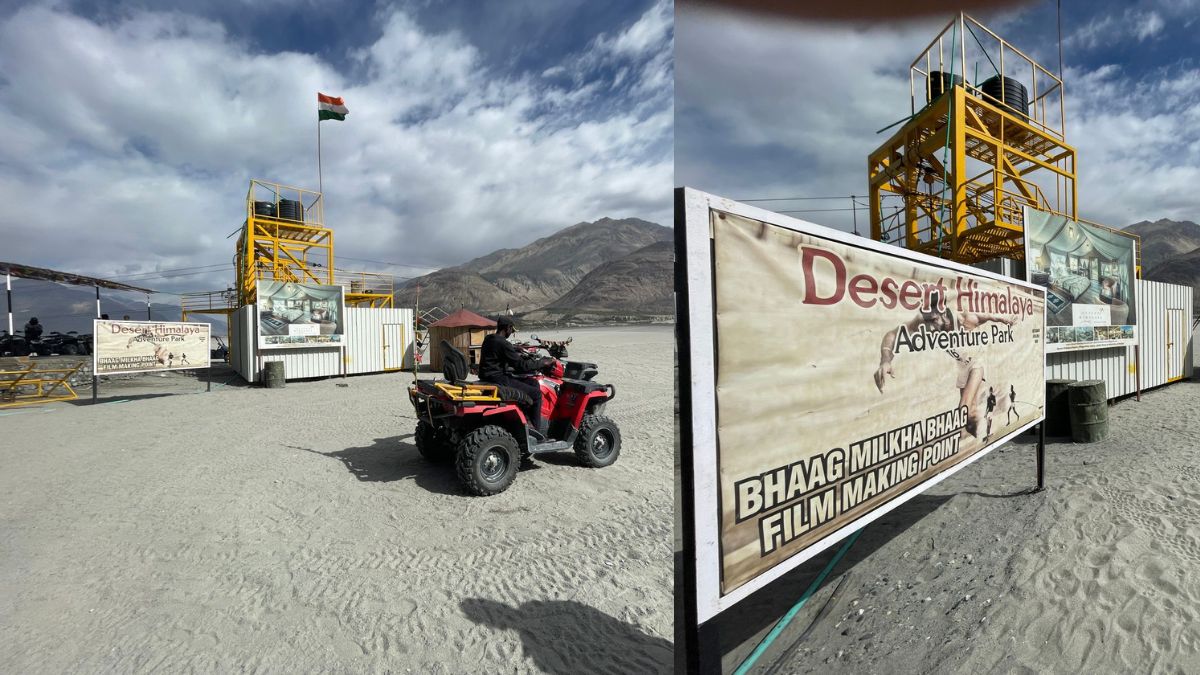
“People started coming in such high numbers, that ATV rides were started in the area,” said Sikandar, an ATV Rider who came to Nubra Valley from Jharkhand in search of work. “We charge around INR 1000-1500 for the rides. We’ve set up ziplining options too,” he added.
A desolate area where Shah Rukh Khan starrer ‘Jab Tak Hai Jaan’ was shot, has a board marking it, complete with a scooter similar to what SRK rode in the movie. There is even a ‘Jab Tak Hai Jaan’ cafe in the area. Locals highlighted how these movies led to the soaring popularity of the area, which was completely empty before. 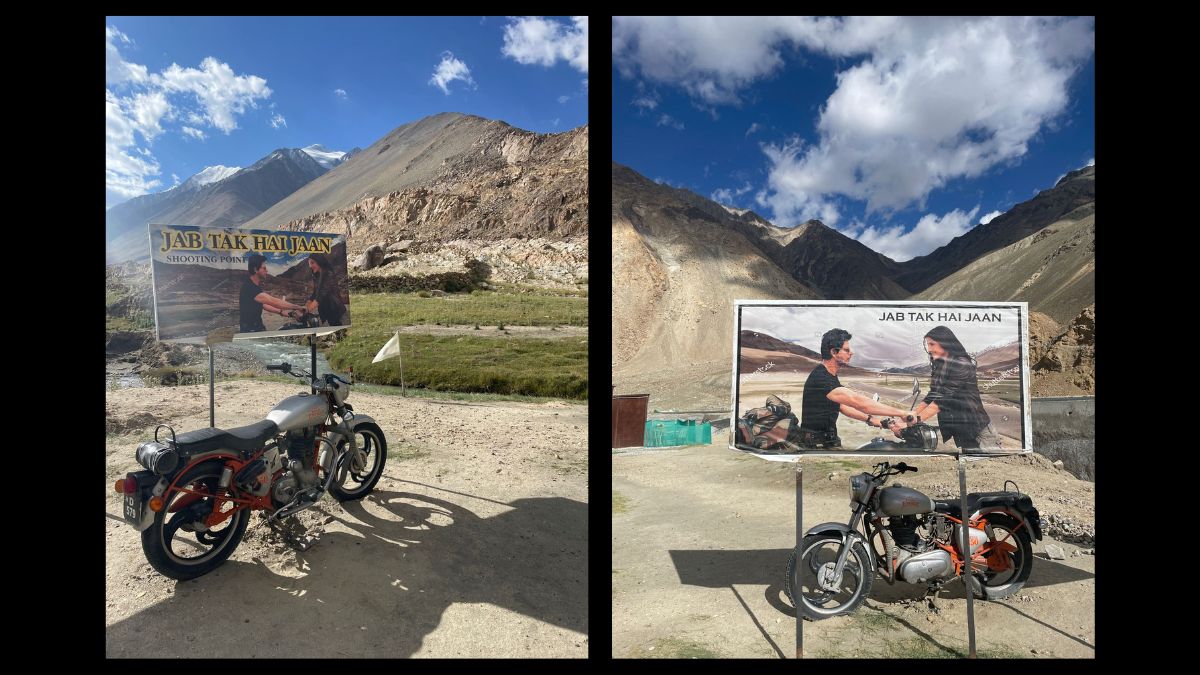
Newfound Interest in Chanderi
In some areas, the boost in tourism creates jobs and livelihood opportunities for locals.
The supernatural comedy ‘Stree’ starring Shradhha Kapoor featured Chanderi, a small quaint village in Madhya Pradesh.
“Chanderi wasn’t famous, hardly anyone knew about the place. After the shooting, many tourists now come to this village,” said Abhishek Pandey, manager of a hotel called MPT Kila Kothi in Chanderi, adding, “A lot of new projects, like Stree 2, are also being done here.”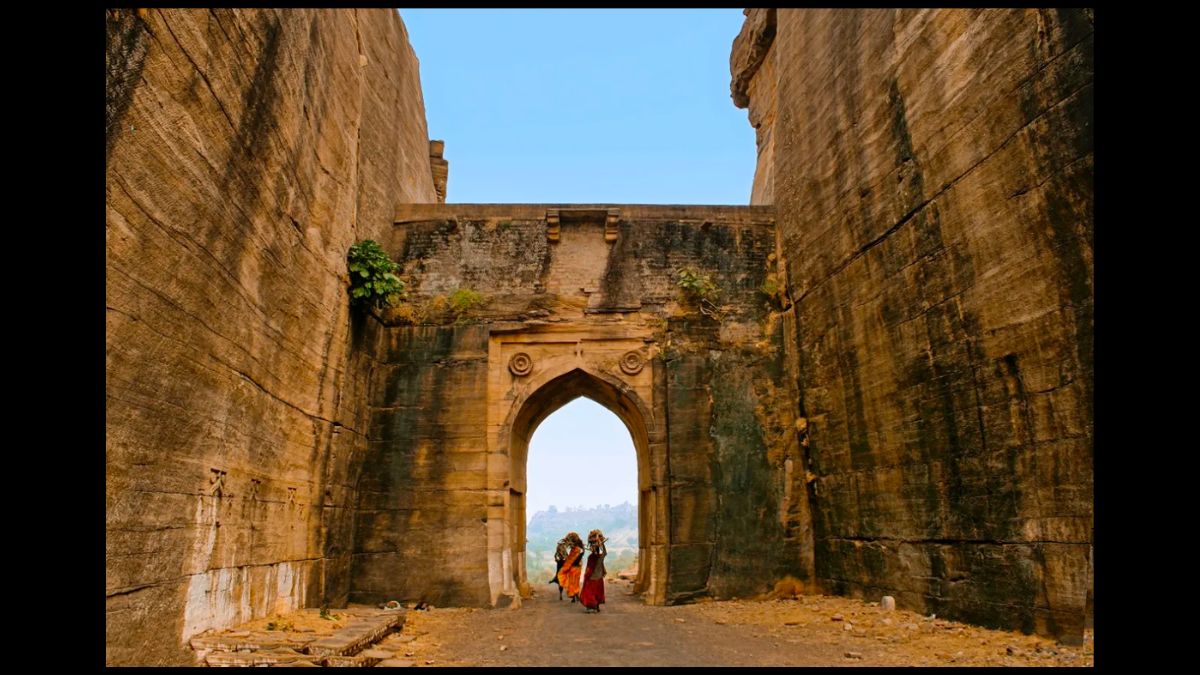
Abhishek recounts how during shooting his hotel and the three or four other hotels in Chanderi get all booked out for the actors and the crew. The village, during shoots, sees footfall unlike what it does at any other point in the year. Sometimes even hotels in nearby towns get booked out entirely. Actors like Shraddha Kapoor, Rajkumar Rao, and Pankaj Tripathi have stayed in Kila Kothi itself, leading to increased interest in the hotel too.
Also read: Stree to Ragini MMS: 5 Bollywood's Bone-Chilling Horror Movies Inspired By True Events
“Guests ask which rooms the actor stayed in, and what were the shoot locations,” said Abhishek, adding, “We even show them all the spots from the balconies and terrace, as the whole city is visible from our hotel.”
The village is also famous for its handloom, also called Chanderi, which is a glossy, sheer lightweight material. Tourism gave a boost to the handloom industry too. Now, an even larger number of wholesalers visit the village to pick up the material and sell it in different parts of the country, said Abhishek.
From the Mountains to Lakes to Waterfalls to Forts
From Kashmir in the north to Arunachal Pradesh in the east, Bollywood movies scout for scenic locations to shoot their movies. Thereafter, these places bear the movie’s mark for years to come.
In Kashmir’s Pahalgam, there exists a ‘Betaab Valley’, named after the iconic 80’s movie that was shot there. Kashmir has been a hot favourite for shooting films, especially in the 80s and 90s. More recently, Karan Johar’s ‘Rocky Aur Rani Kii Prem Kahaani’ also featured a sequence in the snow-covered mountains of Kashmir.
Jibhi is a relatively lesser-known town in Himachal Pradesh. One of the day treks from it goes to a fort ruins called Raghupur fort, which offers spectacular 360-degree views of the mountains and valleys. Locals make sure you also learn that this was where ‘Yeh Jawaani Hai Deewani’ was shot.
Situated in the Jung district of Arunachal Pradesh, Jung waterfall is also known as "Madhuri Falls", as the song ‘Tanhayi Tanhayi’ from the movie ‘Koyla’ was shot here.
When friend groups visit Goa, one iconic picture everyone clicks is the one where people sit atop Chapora Fort, in a bid to recreate the iconic ‘Dil Chahta Hai’ moment. 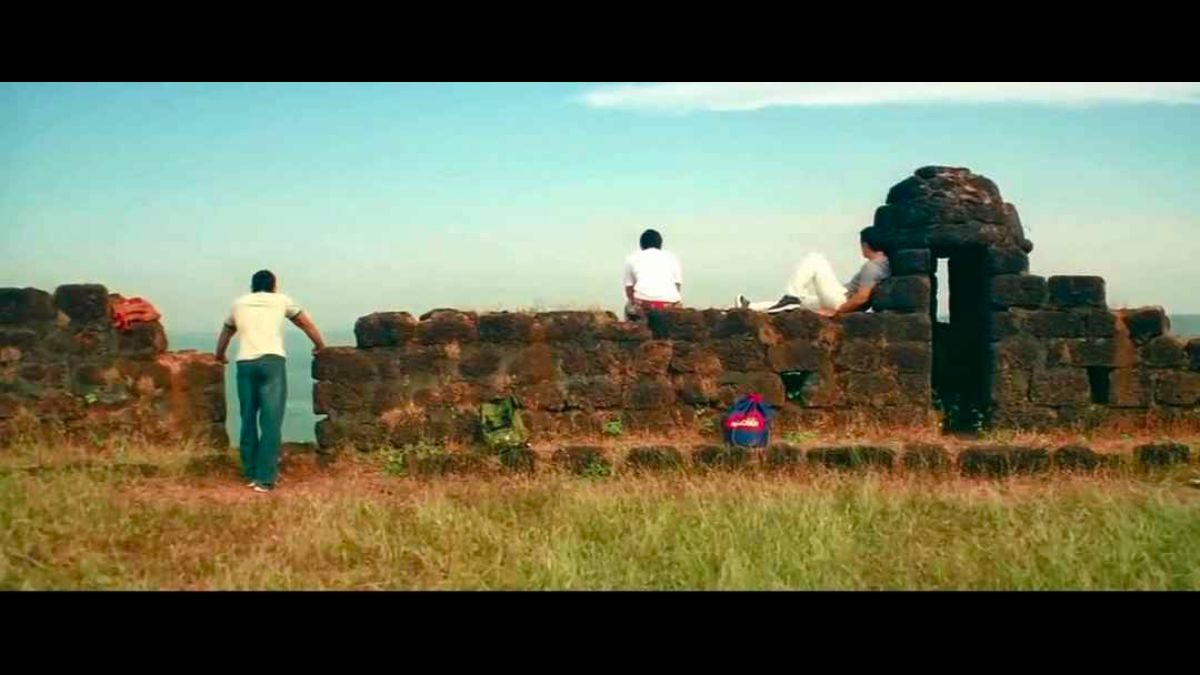
Several forts in Fatehpur Sikri and Rajasthan have become more popular after films like ‘Jodhaa Akbar’ featured them. Local guides enthusiastically point to rooms and locations which audiences may have seen on screen before.
A vacation or a holiday is perhaps made a notch better when people recreate poses of their favourite actors, in the locations they were originally shot in. However, with unbridled tourism, comes issues nobody was prepared for.